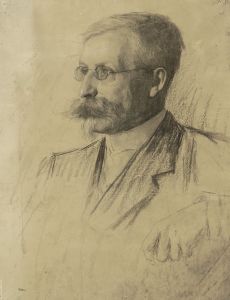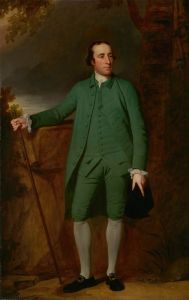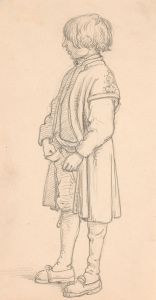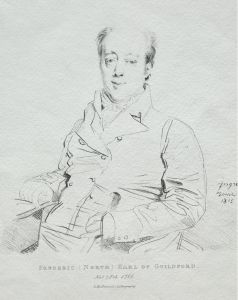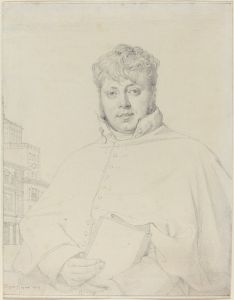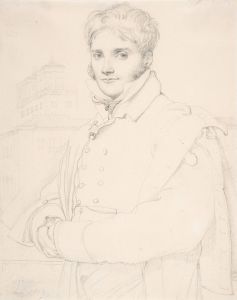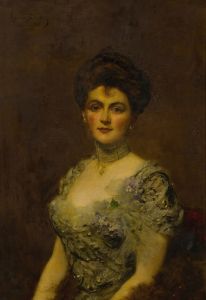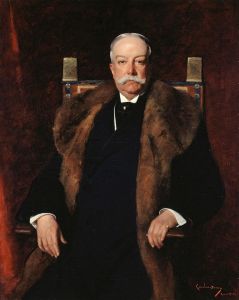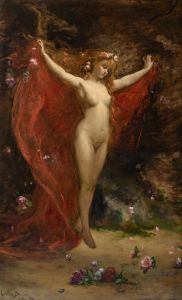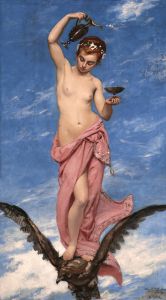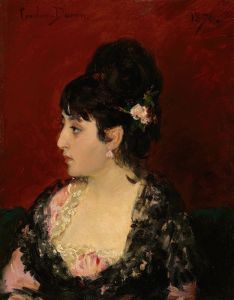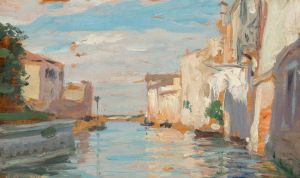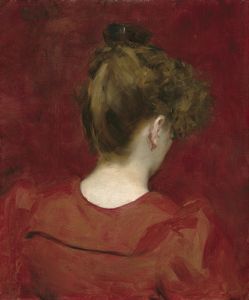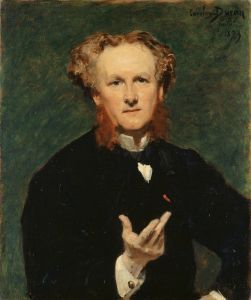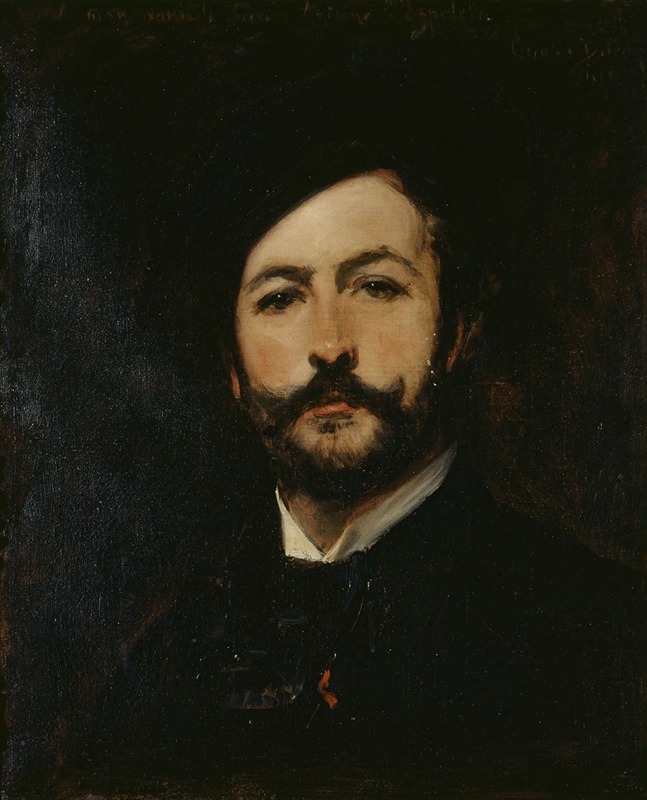
Portrait du baron Antoine d’Ezpeleta
A hand-painted replica of Carolus-Duran’s masterpiece Portrait du baron Antoine d’Ezpeleta, meticulously crafted by professional artists to capture the true essence of the original. Each piece is created with museum-quality canvas and rare mineral pigments, carefully painted by experienced artists with delicate brushstrokes and rich, layered colors to perfectly recreate the texture of the original artwork. Unlike machine-printed reproductions, this hand-painted version brings the painting to life, infused with the artist’s emotions and skill in every stroke. Whether for personal collection or home decoration, it instantly elevates the artistic atmosphere of any space.
Carolus-Duran, born Charles Auguste Émile Durand, was a prominent French painter known for his portrait work during the late 19th and early 20th centuries. One of his notable works is the "Portrait du baron Antoine d’Ezpeleta," which exemplifies his skill in capturing the essence and character of his subjects through his adept use of color and brushwork.
Carolus-Duran was born on July 4, 1837, in Lille, France. He studied at the Lille Academy and later moved to Paris, where he was influenced by the works of the Old Masters as well as contemporary artists. His style is often associated with the Realist movement, although he incorporated elements of Impressionism, particularly in his handling of light and color. Carolus-Duran's approach to portraiture was innovative for his time, focusing on the personality and presence of the sitter rather than adhering strictly to traditional academic techniques.
The "Portrait du baron Antoine d’Ezpeleta" is a testament to Carolus-Duran's mastery in portraiture. While specific details about the painting's creation and its current location are not widely documented, it is known that the artist was highly sought after by the elite of his time, including nobility and wealthy patrons. This particular portrait likely reflects the status and character of Baron Antoine d’Ezpeleta, capturing not only his likeness but also conveying a sense of his social standing and personal demeanor.
Carolus-Duran's portraits are characterized by their dynamic compositions and the lifelike quality of the figures. He often employed a loose, fluid brushwork that allowed him to convey the textures of fabrics and the subtleties of skin tones with remarkable realism. His ability to render the play of light across the surfaces of his subjects' attire and surroundings added depth and vitality to his portraits.
In addition to his technical prowess, Carolus-Duran was known for his ability to establish a rapport with his sitters, which enabled him to capture their personalities more effectively. This skill is evident in the "Portrait du baron Antoine d’Ezpeleta," where the baron's expression and posture suggest a sense of confidence and refinement.
Throughout his career, Carolus-Duran received numerous accolades and was appointed a professor at the École des Beaux-Arts in Paris. He also founded his own atelier, where he taught many students who would go on to become notable artists in their own right, including John Singer Sargent, who was greatly influenced by Carolus-Duran's techniques and philosophy of painting.
The legacy of Carolus-Duran's work, including the "Portrait du baron Antoine d’Ezpeleta," continues to be appreciated for its contribution to the art of portraiture. His ability to blend traditional techniques with a modern sensibility helped pave the way for future generations of portrait artists, ensuring his place in the history of art.





